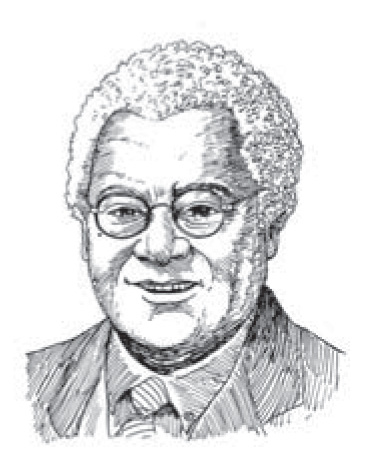Martin Luther King Jr. called him “the leading theorist and strategist of nonviolence in the world.” To Congressman John Lewis, he is an architect of the nonviolence movement. Author David Halberstam believed he was responsible for sowing the seeds of change in the South as much as any person (except maybe King). Rev. James M. Lawson Jr. was born in Pennsylvania in 1928 and to this day continues his life’s work in the service of direct action for social justice.
In 1955, Lawson was teaching in India while studying Gandhi’s life and work. It was there that he read newspaper accounts of the Montgomery bus boycott and first learned about Martin Luther King. Back in the U.S., after the two men met, Lawson went to Nashville, where he led workshops to prepare for direct action—marches, boycotts, sit-ins, and picketing. He also enrolled in Vanderbilt Divinity School, which had just begun to accept a small number of black students. He soon raised hackles by acting like a normal human being: eating in the cafeteria with white classmates and joining in intramural sports. When trustees realized that their black divinity student was the key figure behind the protests, two members of the board demanded and won his expulsion. Though the white faculty rallied in his support and Lawson’s enrollment was reinstated, he chose to complete his degree in Boston. (His relationship with Vanderbilt was renewed—or perhaps redeemed—in 2006, when the onetime subversive was named Distinguished Visiting Professor.)
Lawson coordinated the Freedom Riders, interracial groups of activists who rode interstate buses into the Deep South to exercise their civil rights under the Supreme Court’s anti-segregation rulings. They endured jailing and violence from mobs that included local police and the Ku Klux Klan. Years later, Lawson relocated to Los Angeles (where he has been arrested more times than during all his time in the South). As pastor of Holman United Methodist Church, he made nonviolence training part of Christian education and soon began to offer workshops, free, to the public.
Today, past the age of eighty, he continues to assert that justice is a tenet of all religions and that religious leaders must stop blessing violence and war. Lawson has moral authority and significant influence with elected officials, but still believes he can accomplish more in the streets than in the halls of power.
—Diane Lefer
I. WITHOUT PULLING A GUN
THE BELIEVER: You’ve said we have sufficient activism in this country to have a better country than we have. What are we getting wrong?
JAMES LAWSON: Activism is not appropriating and practicing the Gandhian science of social change. What Gandhi called nonviolence, or satyagraha—“soul force”—is both a way of life and a scientific,...
You have reached your article limit
Sign up for a digital subscription and continue reading all new issues, plus our entire archives, for just $1.50/month.
Already a subscriber? Sign in





